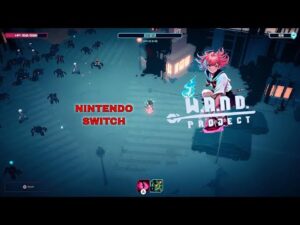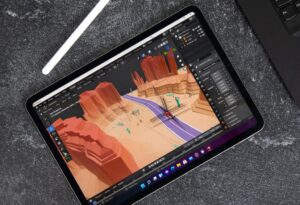Sam Cox, better known as Mr. Doodle, is famous for transforming everyday spaces into whimsical works of art with his signature doodle style. However, his latest project—a seaside home in Kent covered with laser-cut doodles on a rusting metal façade—is facing significant pushback from local officials.
The proposed home, envisioned as a blend of art and architecture, has drawn criticism for its unconventional design. Critics argue it doesn’t align with the area’s historic and aesthetic values. The controversy highlights a clash between contemporary art and traditional community norms, raising questions about creativity, public acceptance, and the balance between innovation and preservation.
The Vision: A Doodle-Covered Dream Home
Mr. Doodle’s artistic identity centers around sprawling, interconnected drawings that transform surfaces into immersive landscapes. His plan for the seaside home is no exception. Designed to reflect his artistic vision, the home’s exterior would feature a rusting metal façade laser-cut with intricate doodles, creating a unique interplay of light, texture, and backdrop.
Inside, the home would be a vibrant reflection of his artistic style, with doodles covering walls, furniture, and even ceilings. According to Mr. Doodle, the design aims to evoke a sense of childlike wonder and playfulness, a hallmark of his art.
Pushback From Local Officials
Despite the artist’s intentions, local officials and residents have expressed concerns about the proposed design.
Key Objections
Aesthetic Mismatch:
Critics argue that the rusting metal façade is out of sync with the town’s traditional seaside architecture, which typically features pastel-colored cottages and Victorian-era designs.
Durability Concerns:
The use of rusting metal has raised questions about the long-term maintenance and impact on the local environment.
Cultural Fit:
Some feel the bold and unconventional design disrupts the quaint charm of the seaside town, potentially setting a precedent for other modern developments.
A spokesperson for the local planning committee stated, “While we appreciate the creativity behind the proposal, it must also respect the character and heritage of the surrounding area.”
Balancing Art and Community Values
The clash over Mr. Doodle’s home is part of a broader debate about how innovative art can coexist with established community aesthetics. While modern art often challenges conventions, its integration into public or shared spaces requires a delicate balance between artistic freedom and community identity.
Supporters of the Project
Supporters argue that the home could attract tourists, boosting the local economy and putting the town on the cultural map. They see it as an opportunity to embrace modernity while celebrating creativity.
Opponents’ Perspective
Opponents worry that the project could pave the way for further developments that erode the town’s historic charm. For them, the doodle-covered home is an unwelcome disruption in a place known for its traditional appeal.
Mr. Doodle’s Response
In response to the criticism, Mr. Doodle has expressed his commitment to working with local officials to address their concerns while staying true to his artistic vision. He emphasized that the project is not just a personal endeavor but also a way to inspire joy and creativity.
“I want this home to be a living piece of art that people can engage with and enjoy,” he said in a recent interview. “Art should spark conversation, and I’m open to finding a solution that respects both my vision and the community’s values.”
The Broader Impression of Artistic Architecture
This debate isn’t the first time an artist’s architectural vision has sparked controversy. Similar projects, such as Frank Gehry’s modernist designs or Banksy’s public art installations, have faced both acclaim and criticism. The conversation often boils down to how much weight should be given to preserving tradition versus embracing innovation.
Lessons for Future Projects
•Community Engagement: Successful integration of artistic architecture often involves early dialogue with local residents to address concerns and foster acceptance.
•Sustainability: Incorporating environmentally friendly and durable materials can help address practical objections to unconventional designs.
•Cultural Sensitivity: Understanding the local context and finding ways to blend modernity with tradition can help bridge the gap between innovation and heritage.
What’s Next for Mr. Doodle’s Project?
The planning committee is set to review the revised proposal in the coming months. Whether the doodle-covered seaside home will move forward or require significant changes remains to be seen.
For now, the debate highlights the power of art to provoke thought and conversation—even in the form of a home. Mr. Doodle’s vision challenges us to consider how far we’re willing to go in reimagining traditional spaces and whether innovation can coexist with the past.
As the controversy unfolds, one thing is certain: art, like life, often finds its meaning in the tension between opposing forces. Mr. Doodle’s seaside home may well become a symbol of that delicate balance.
No comments yet.








